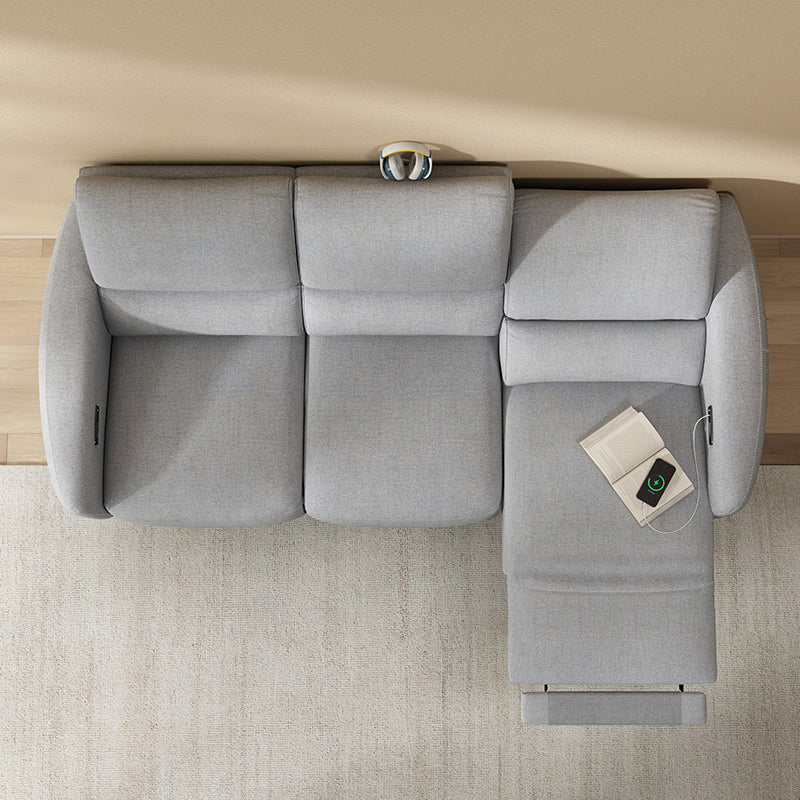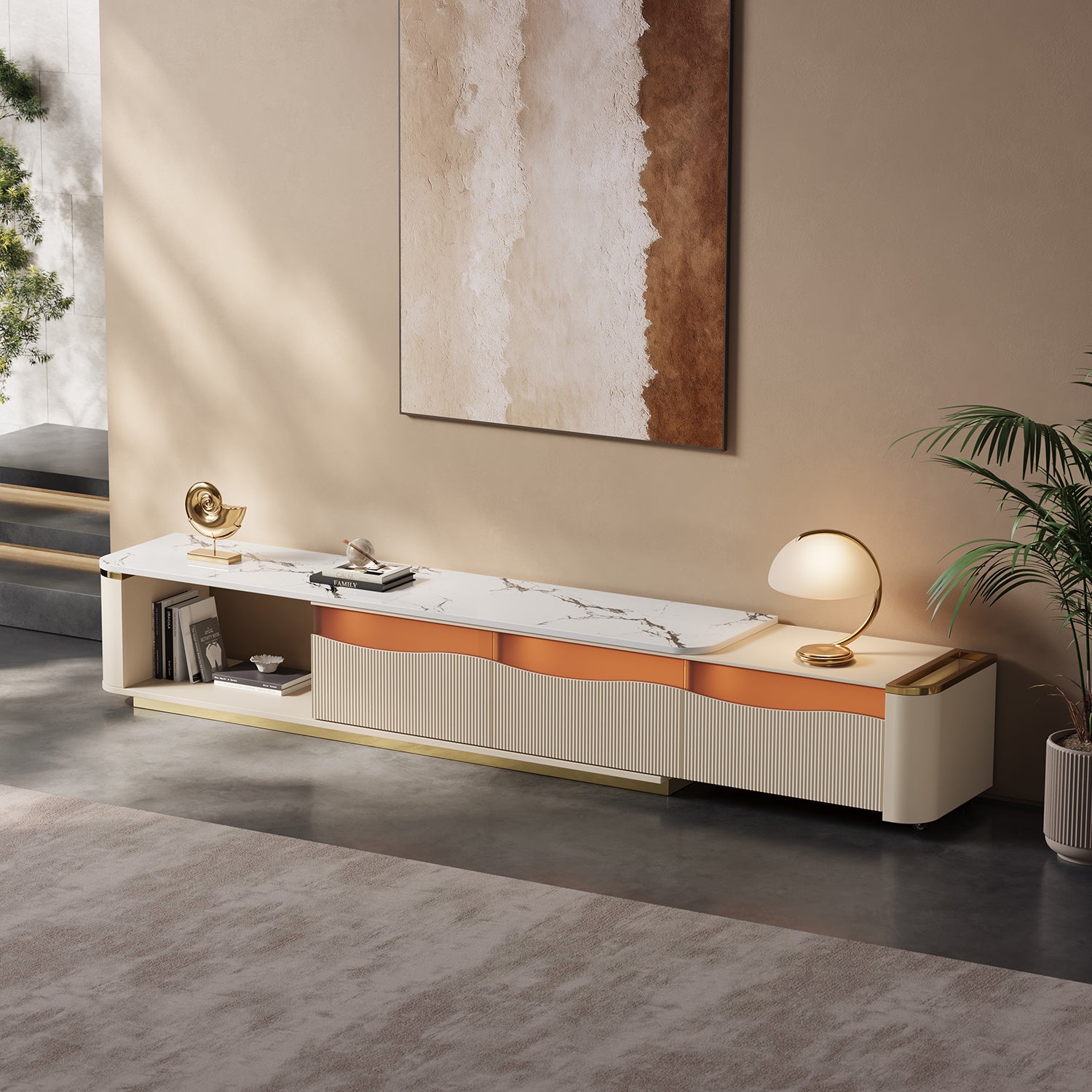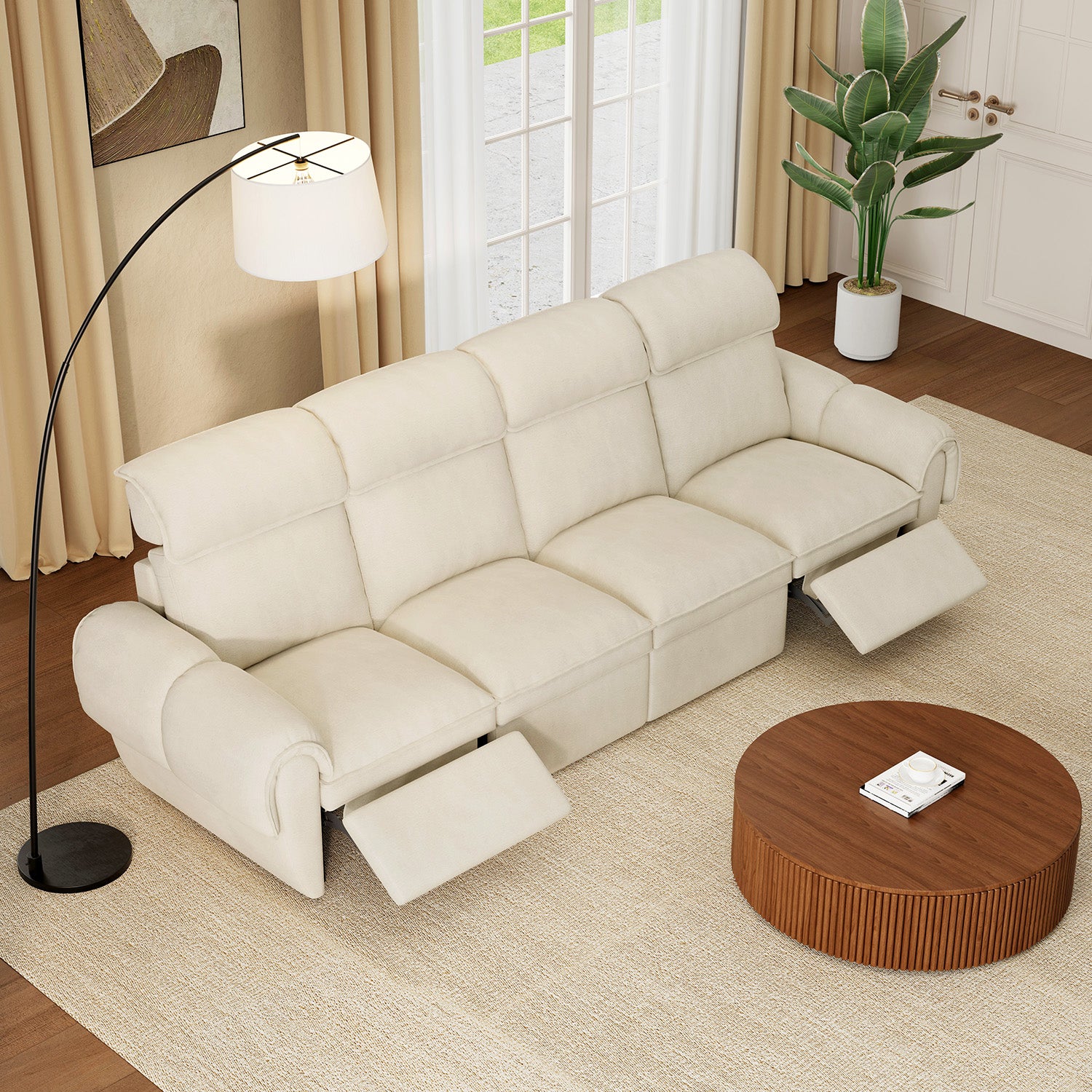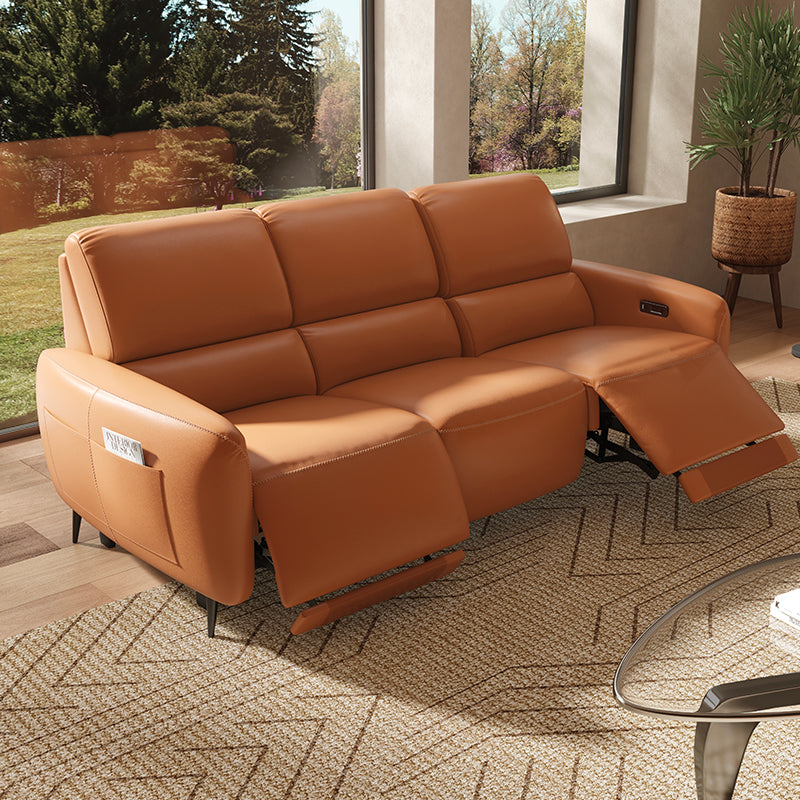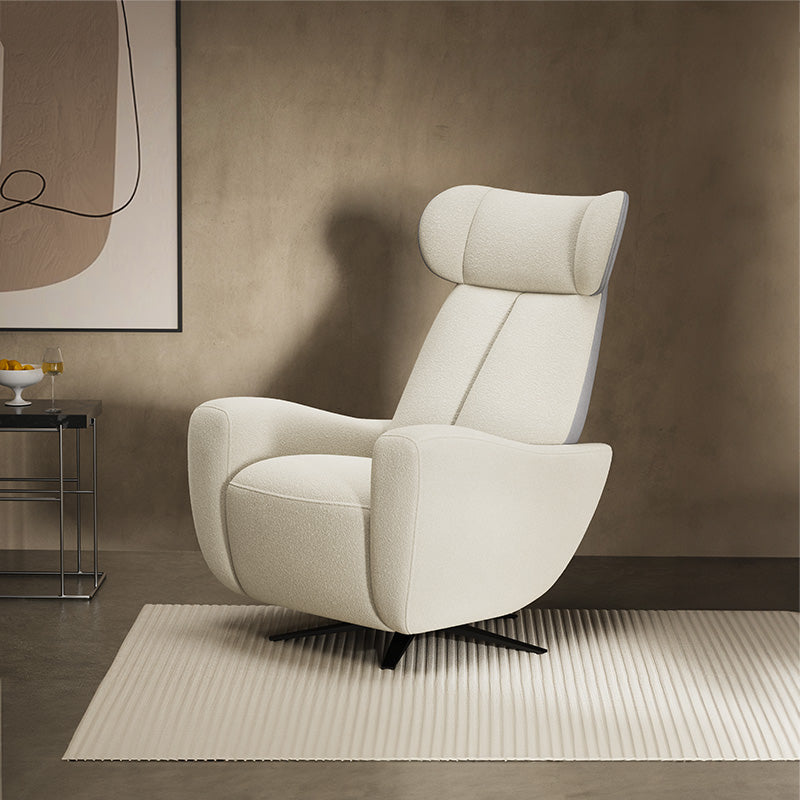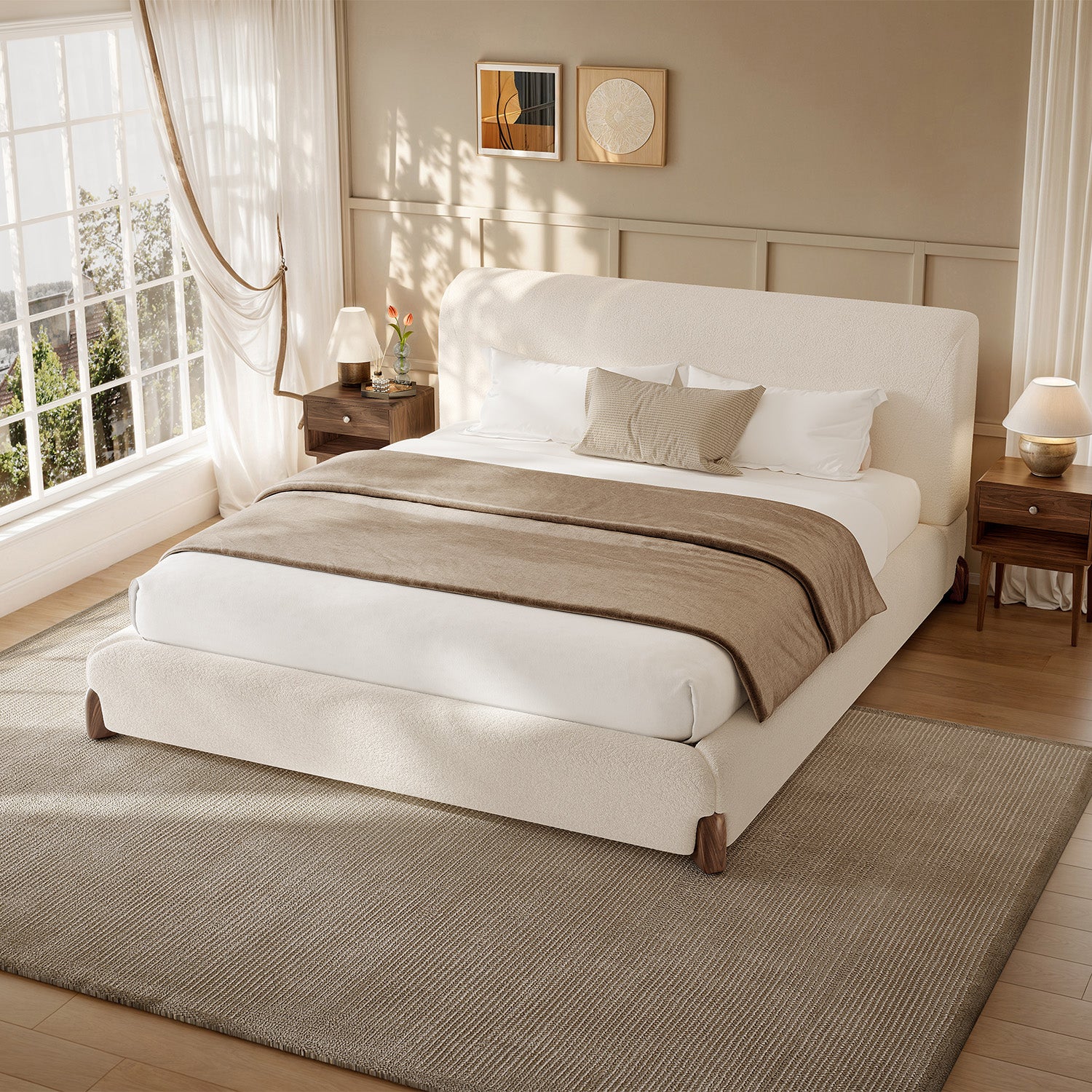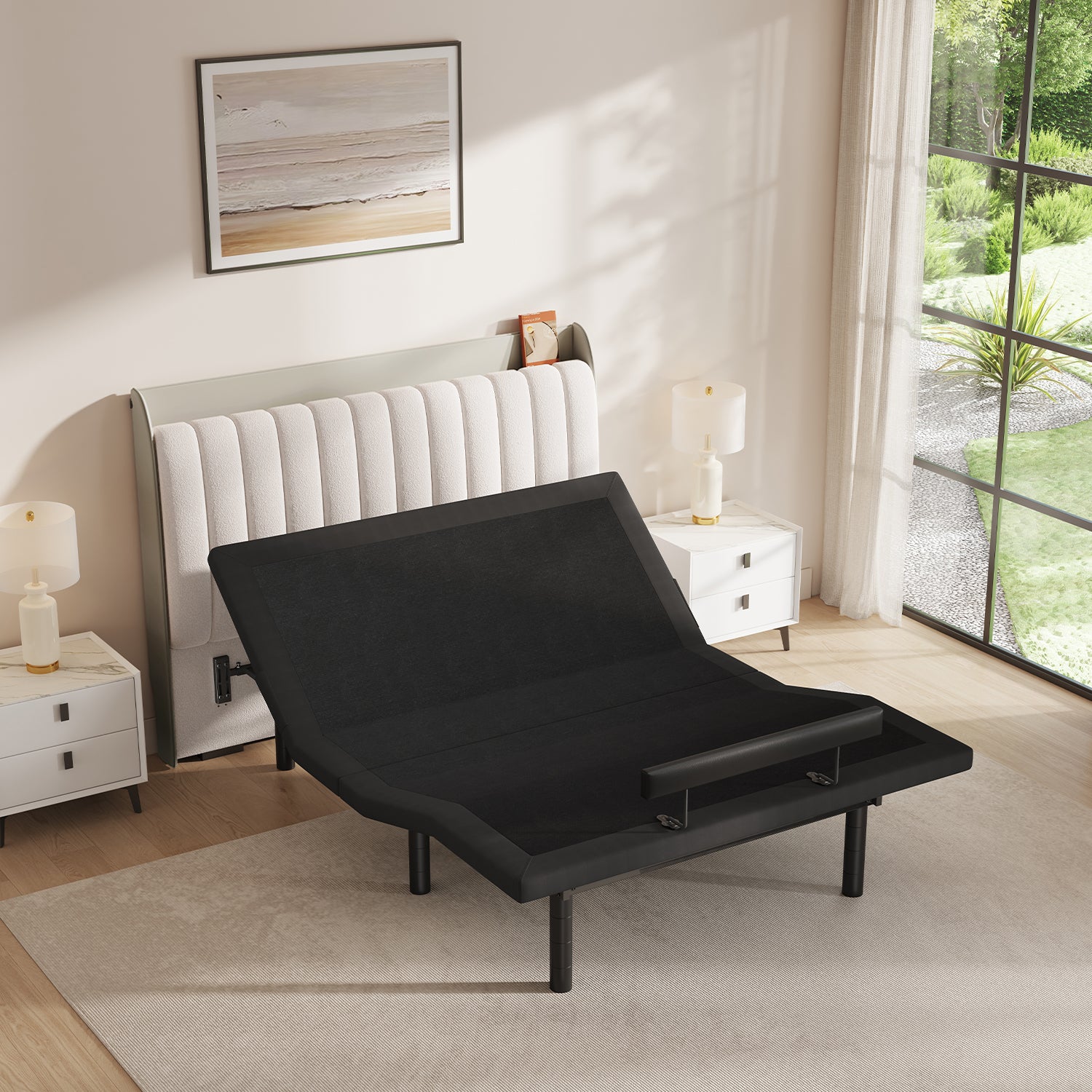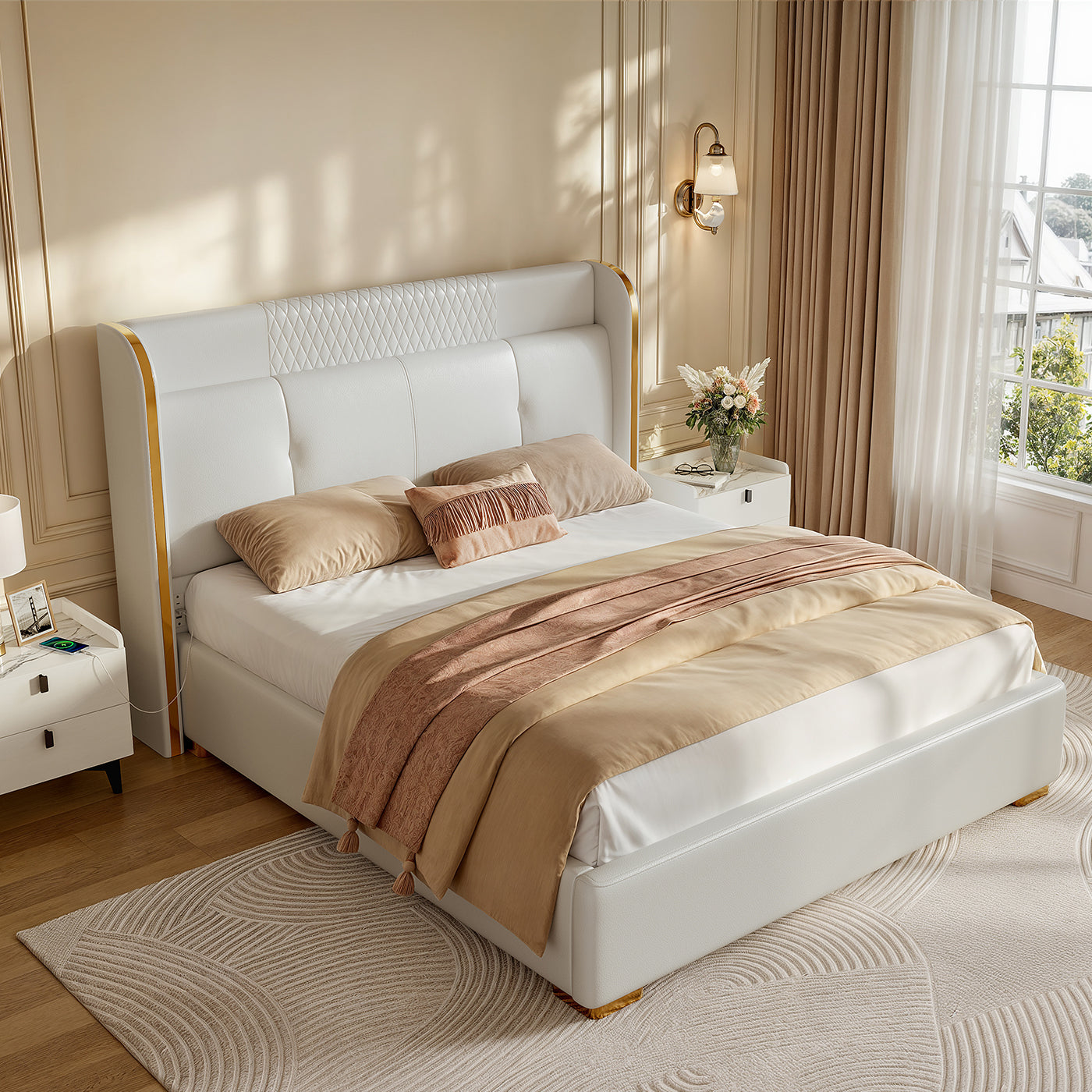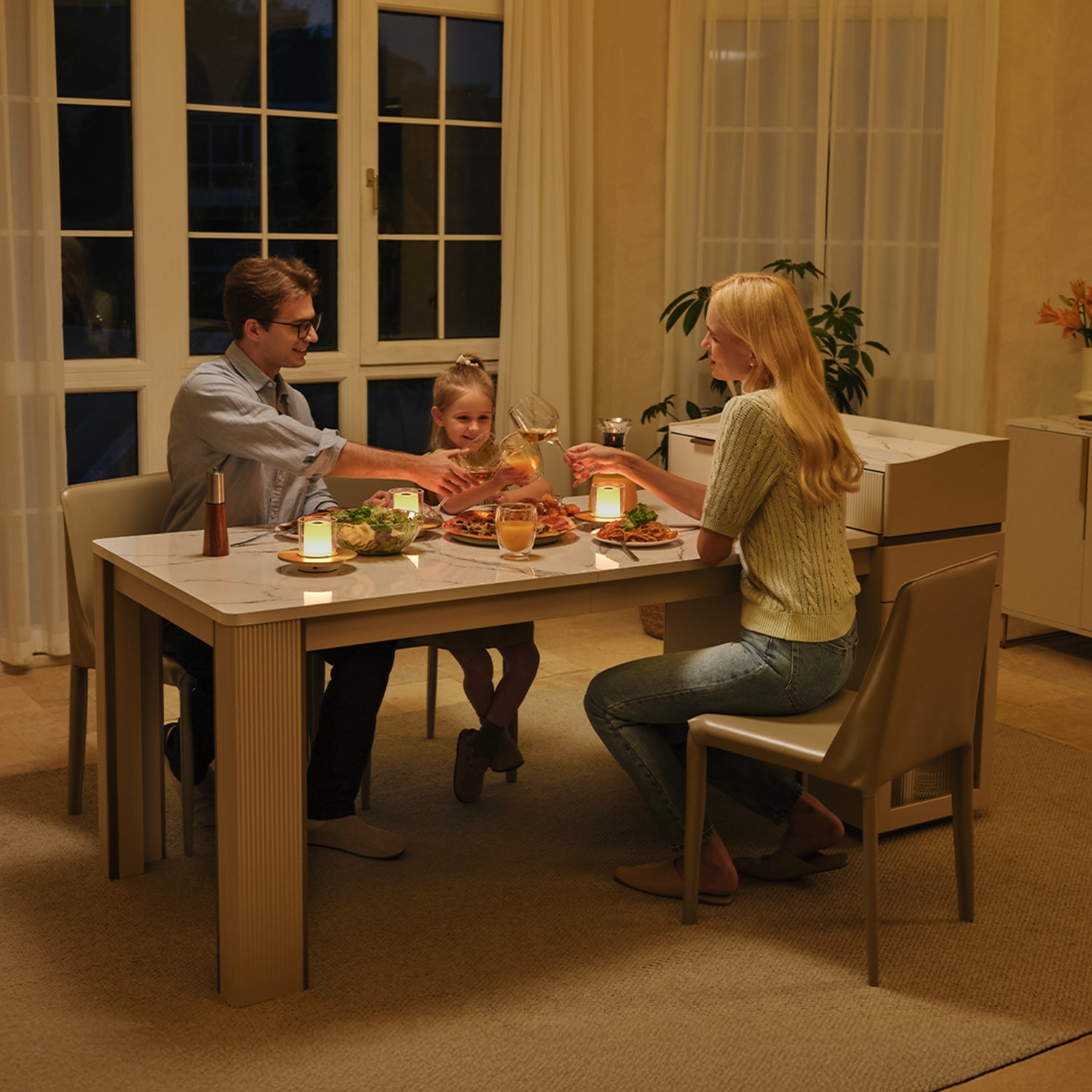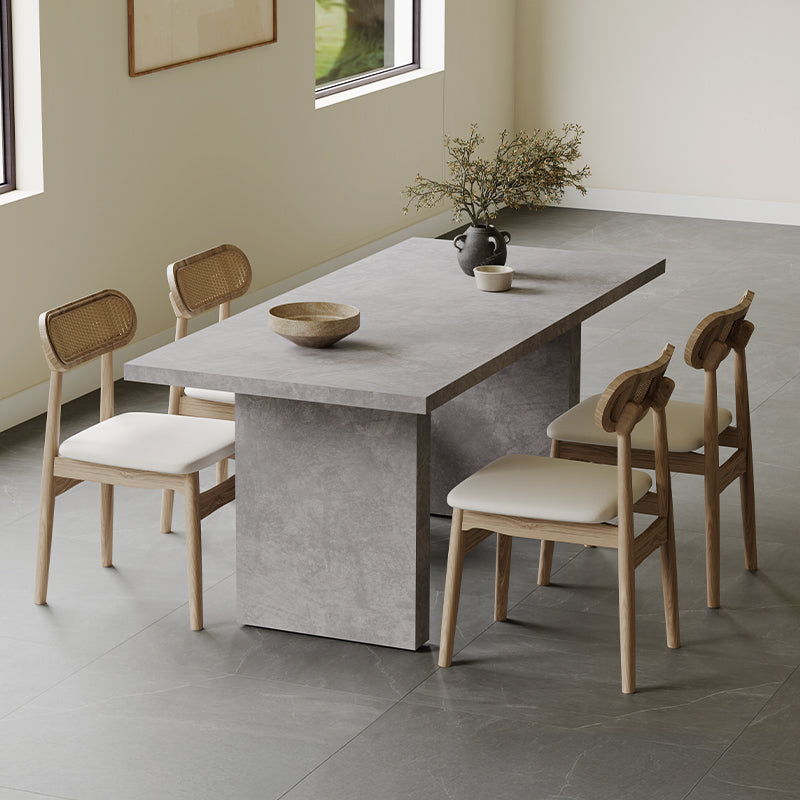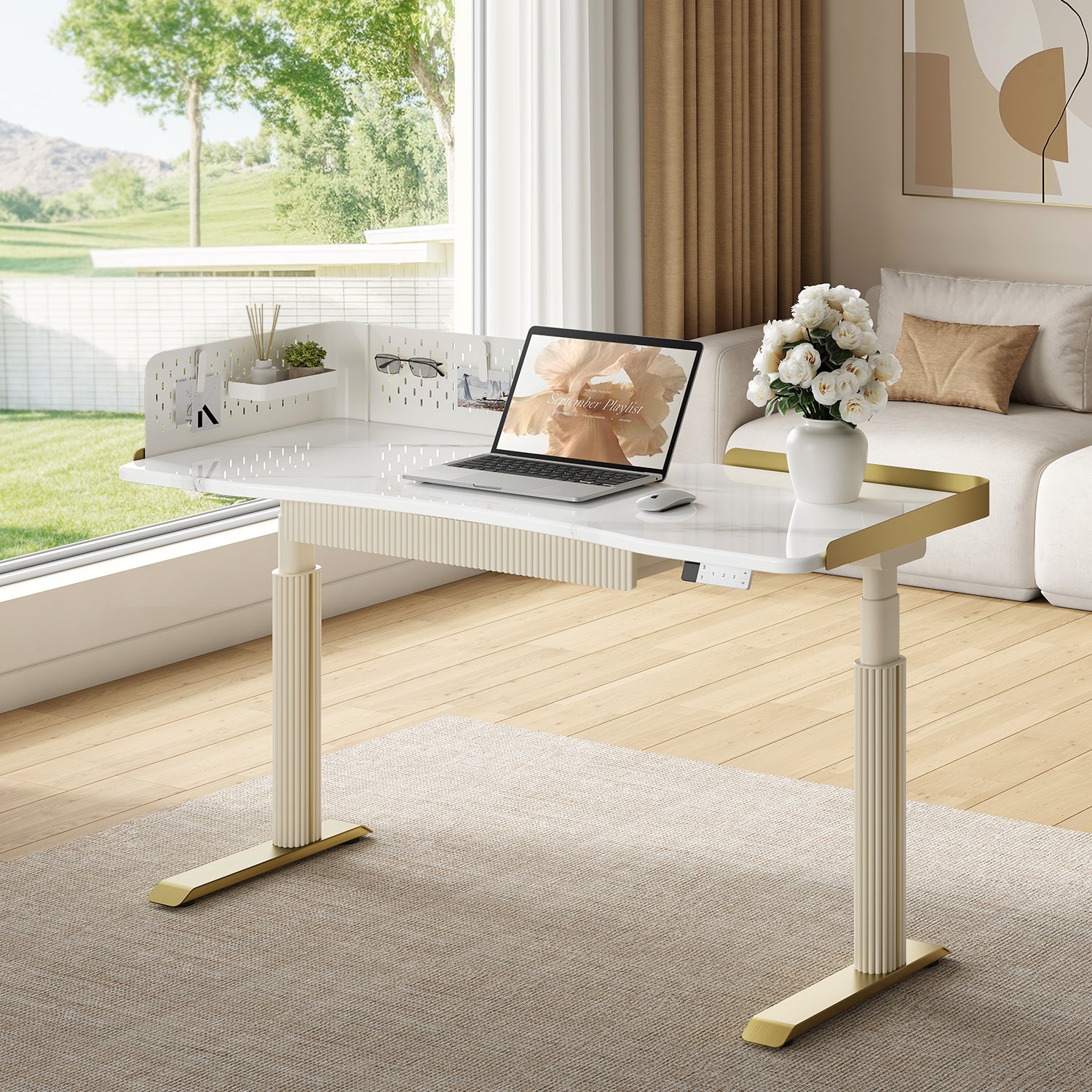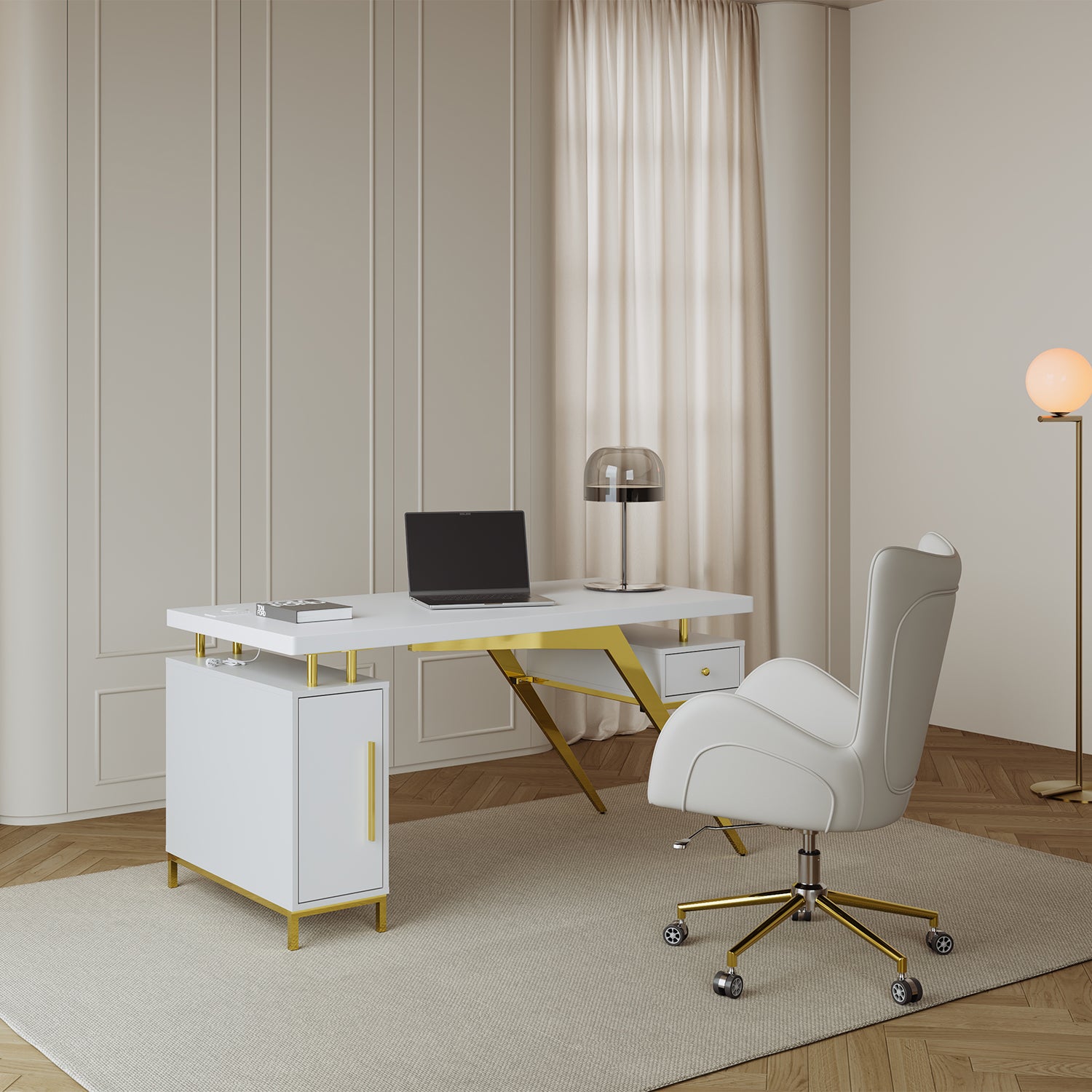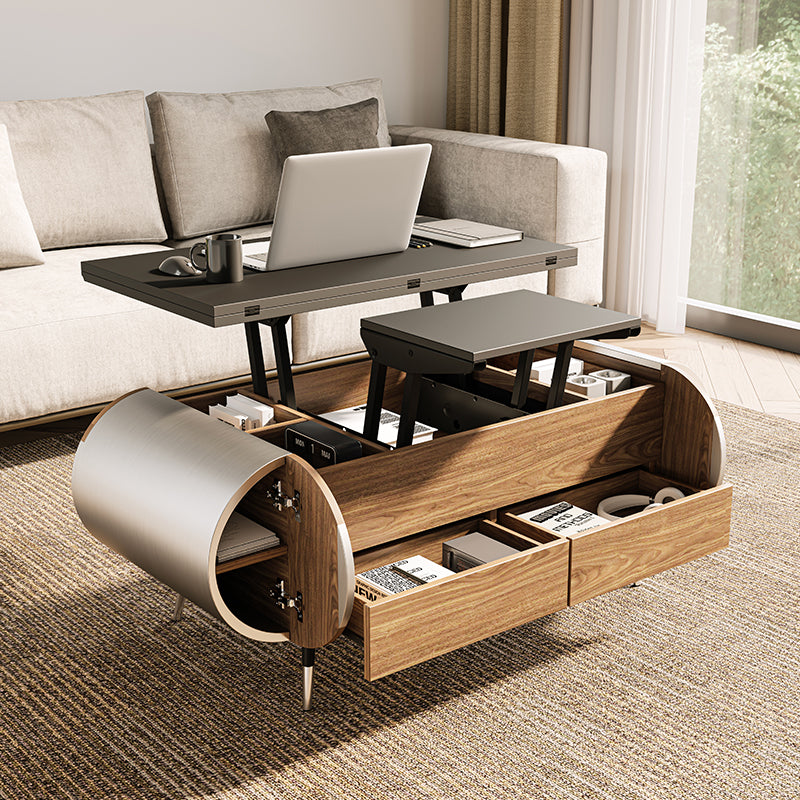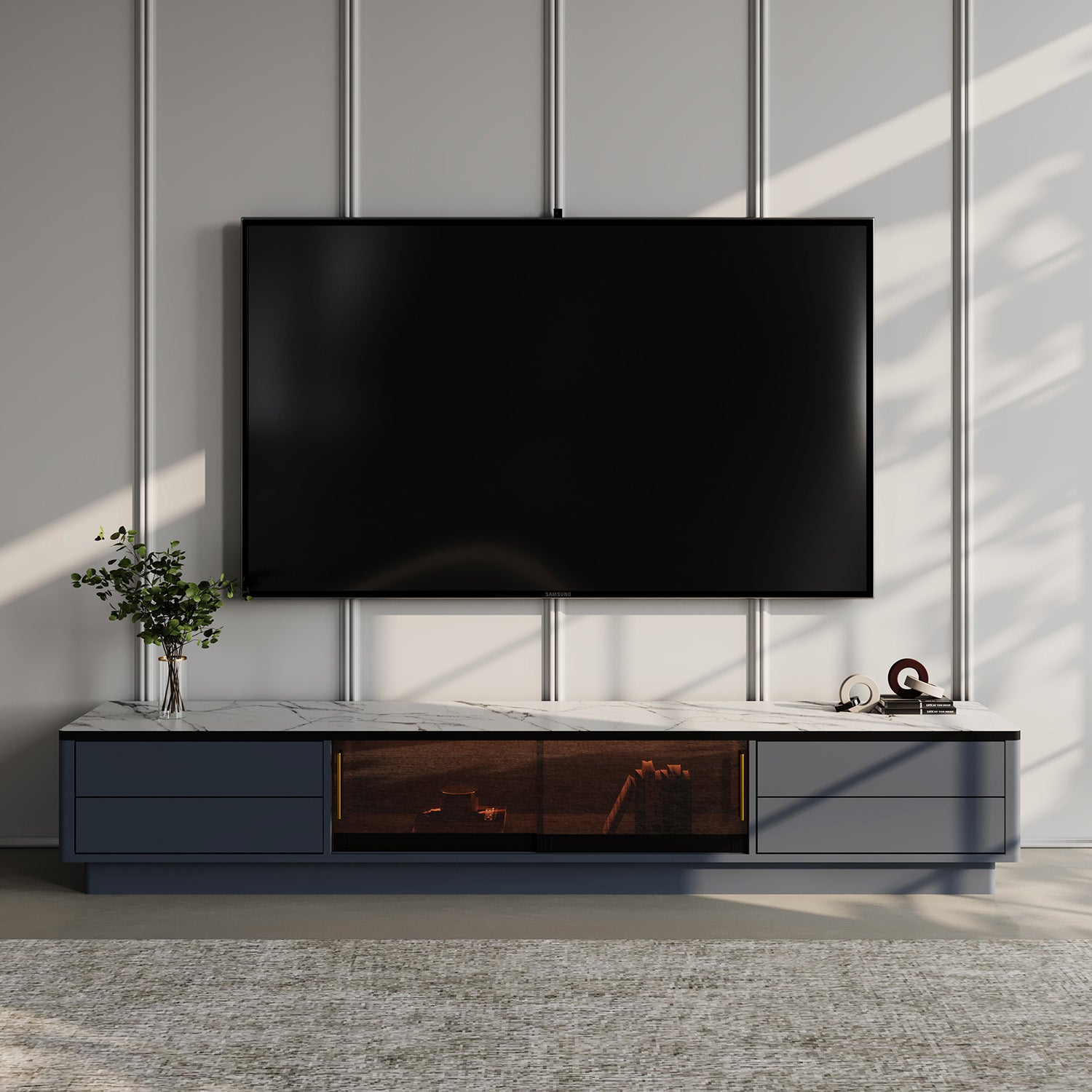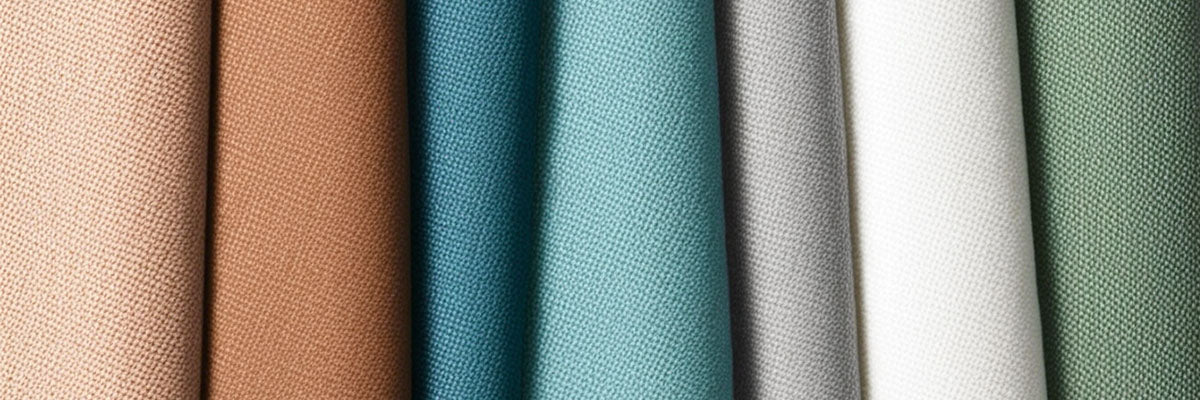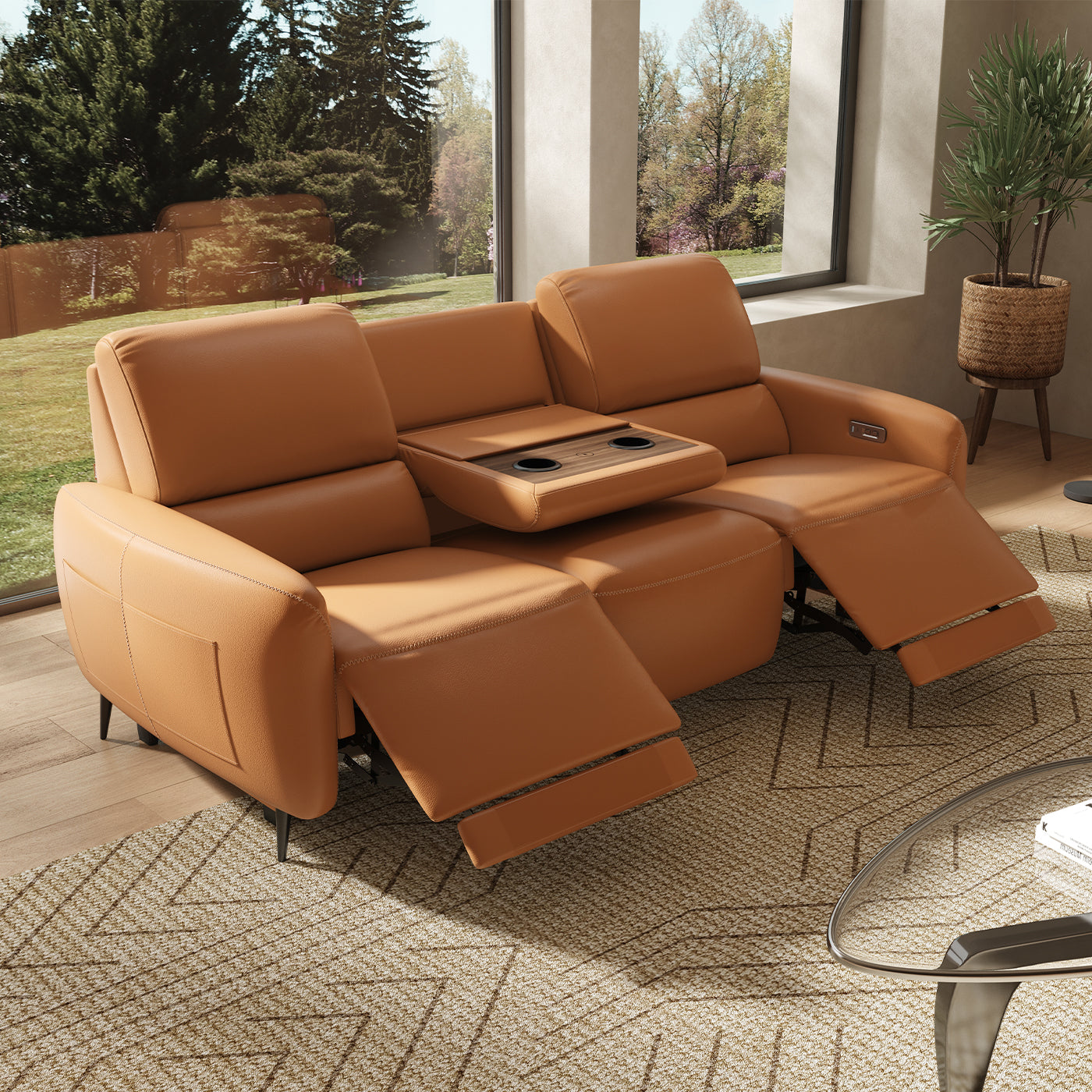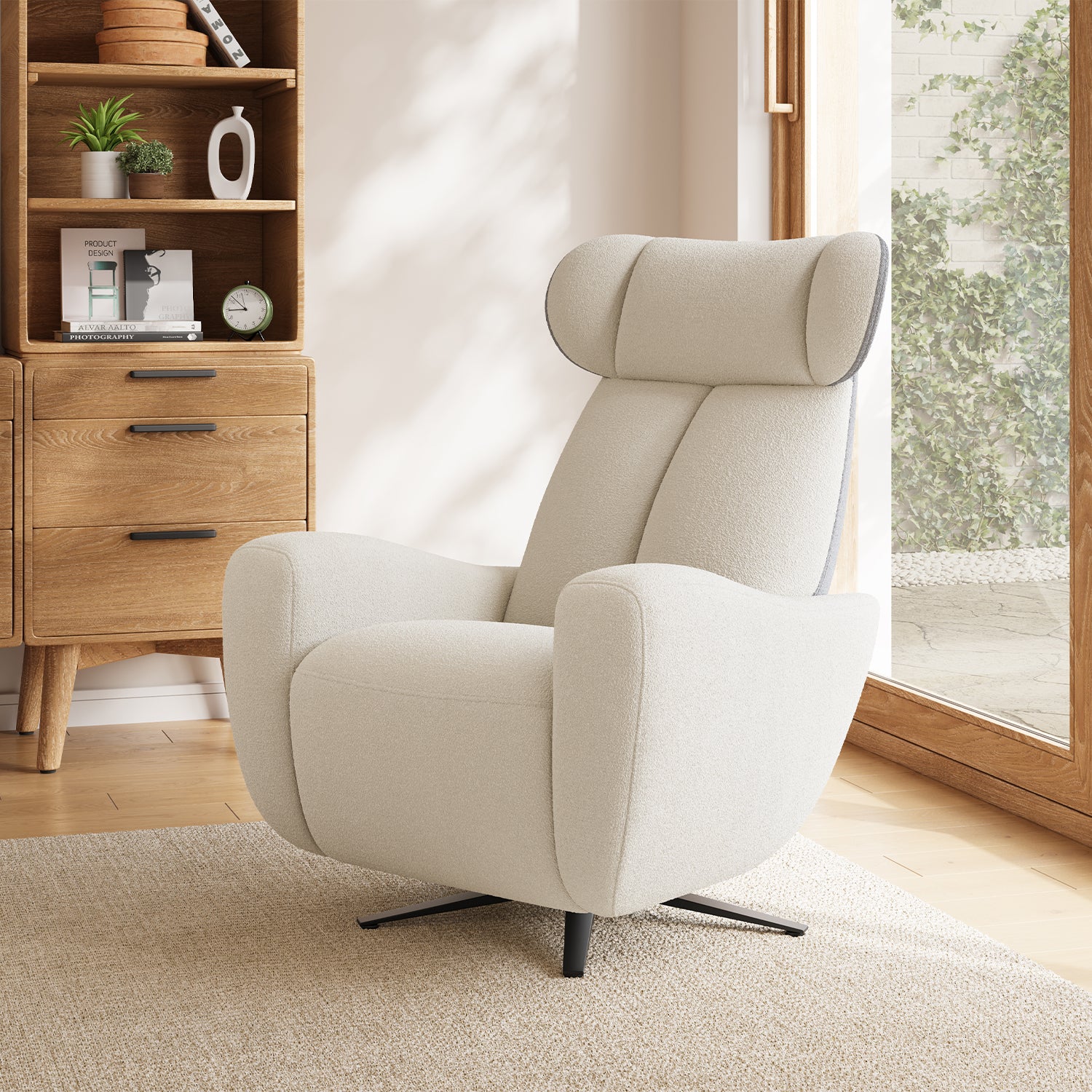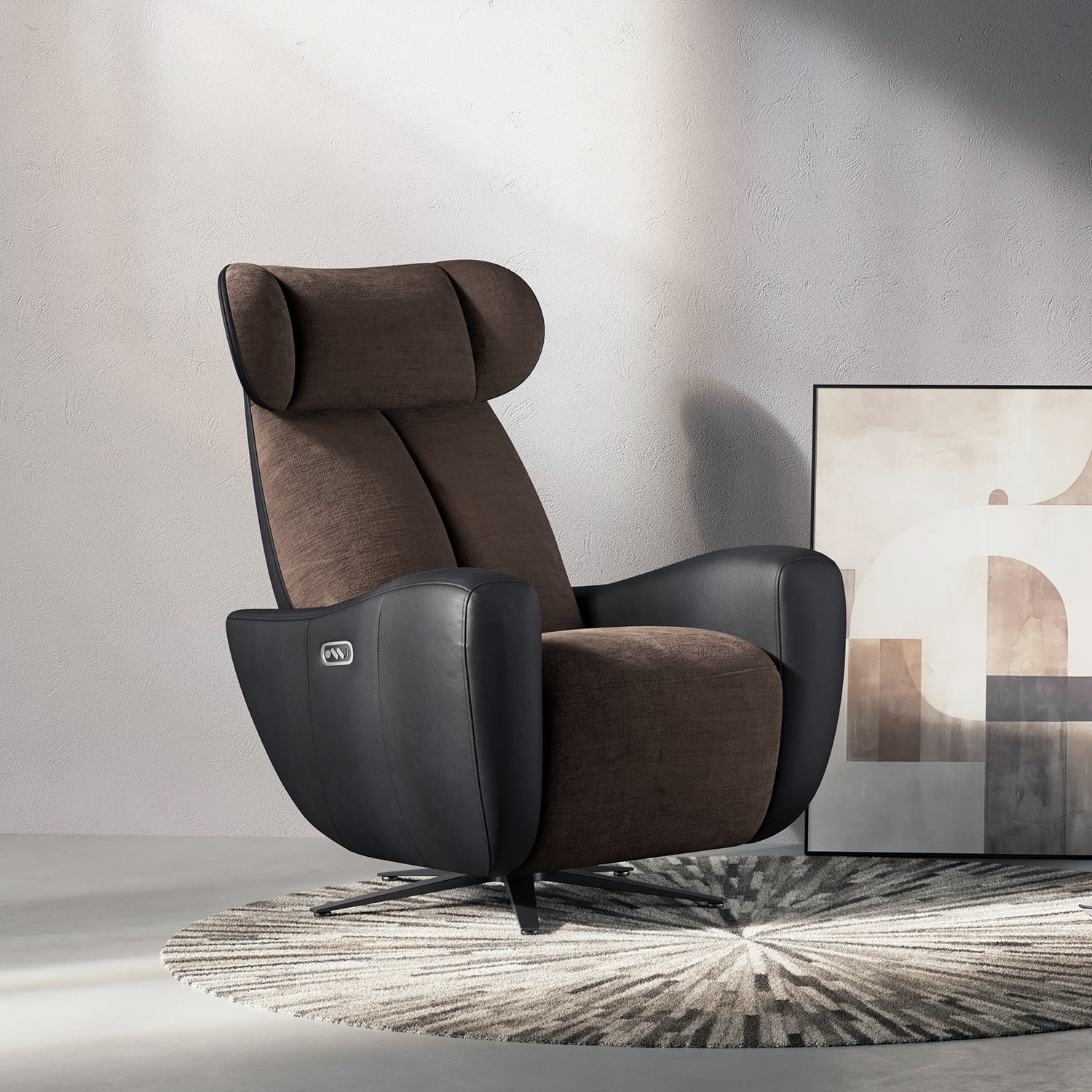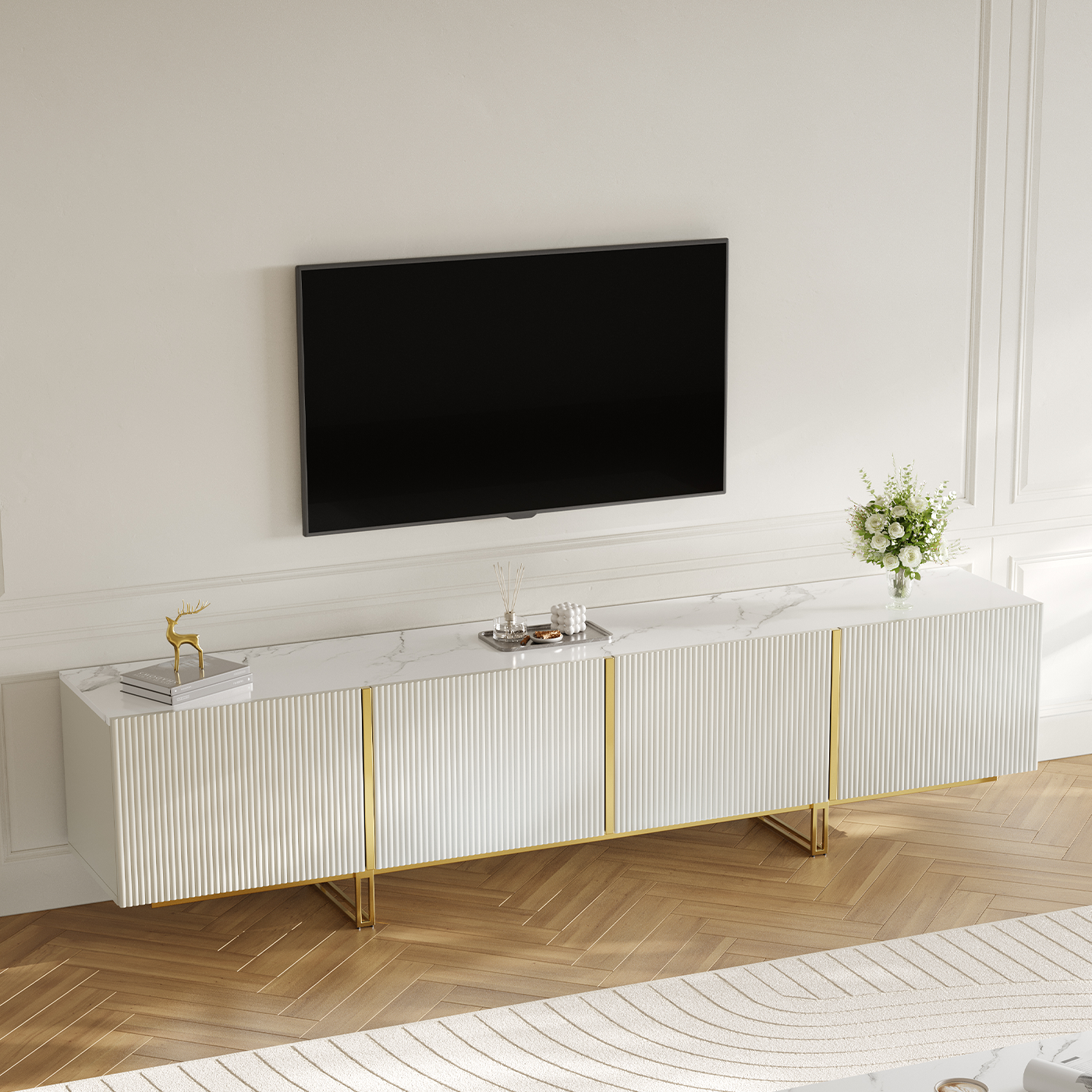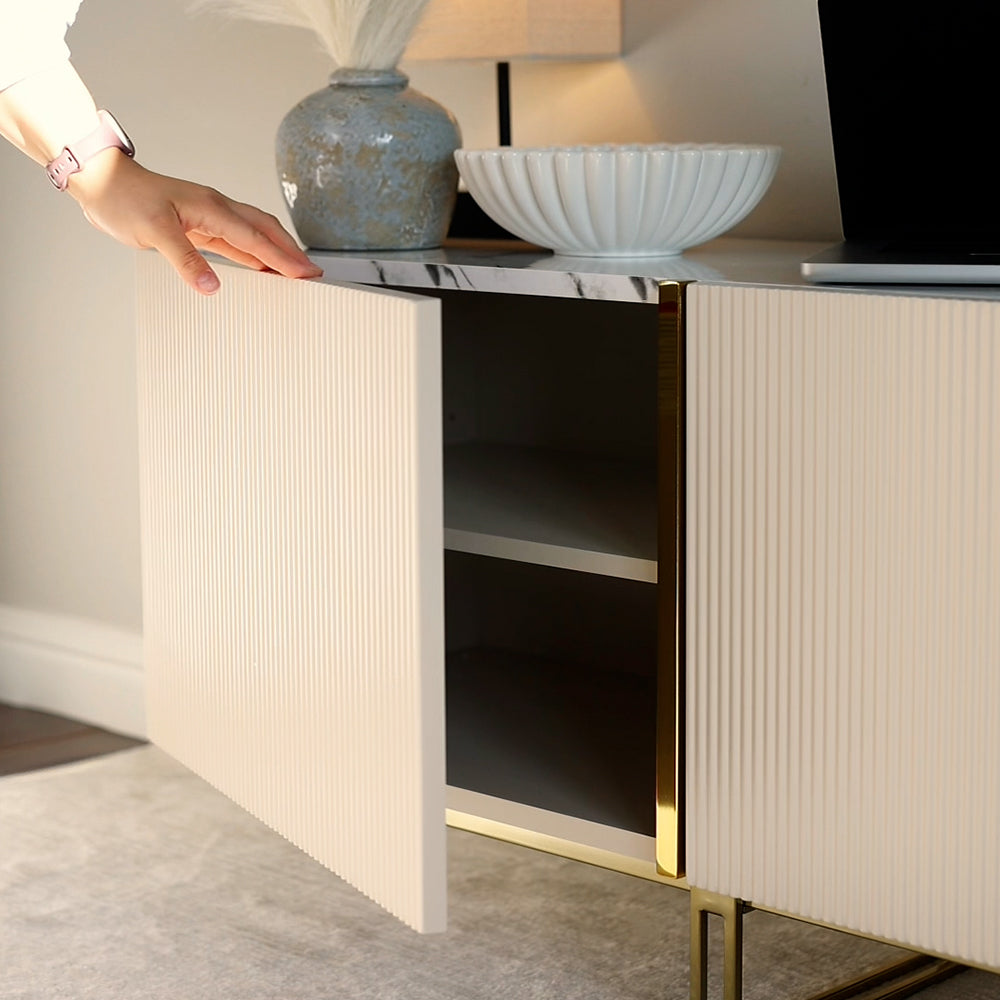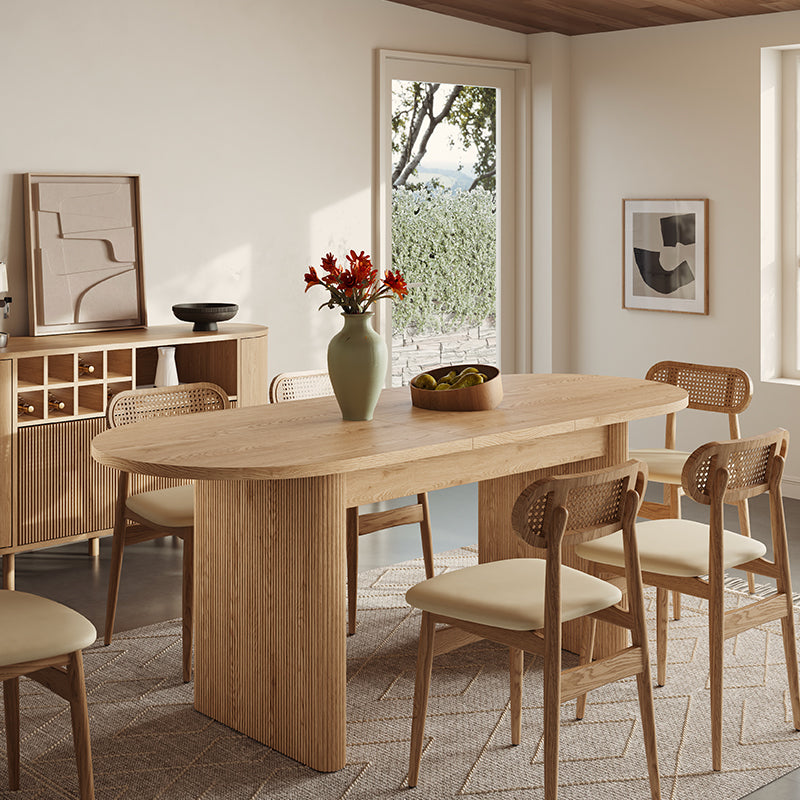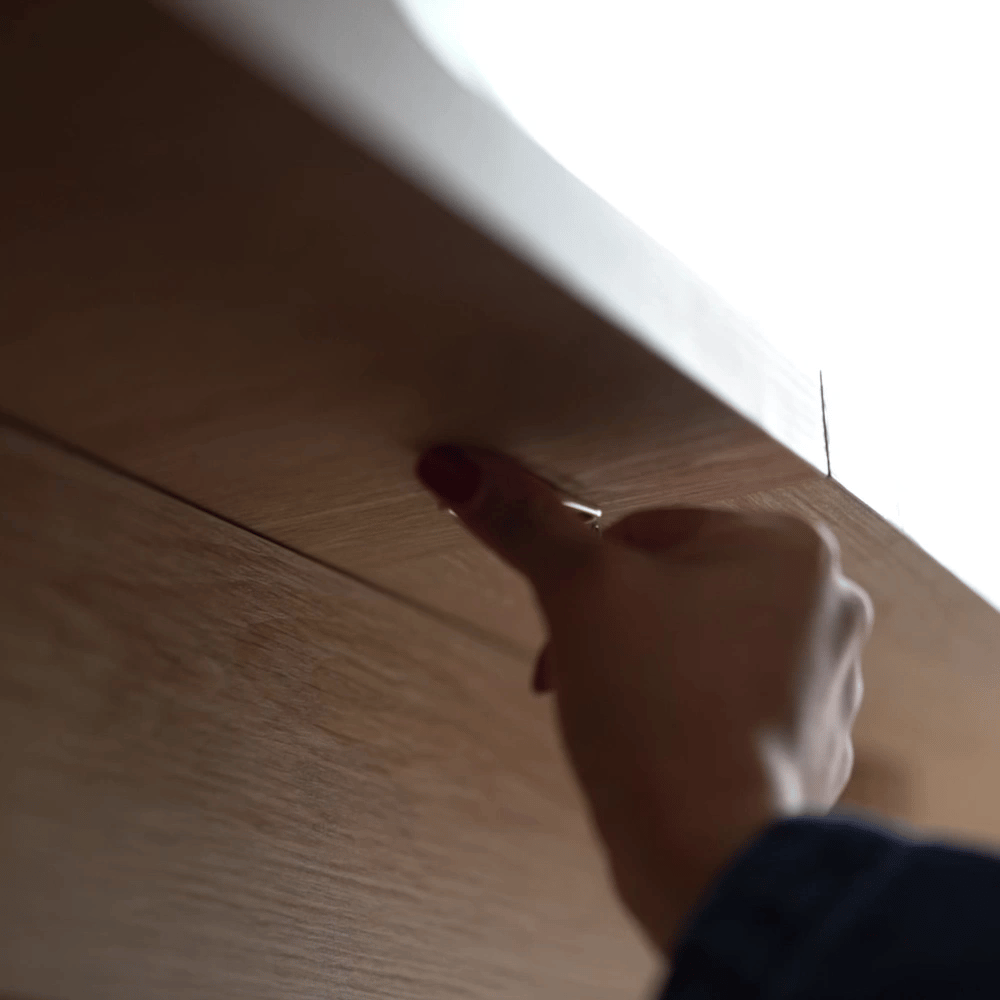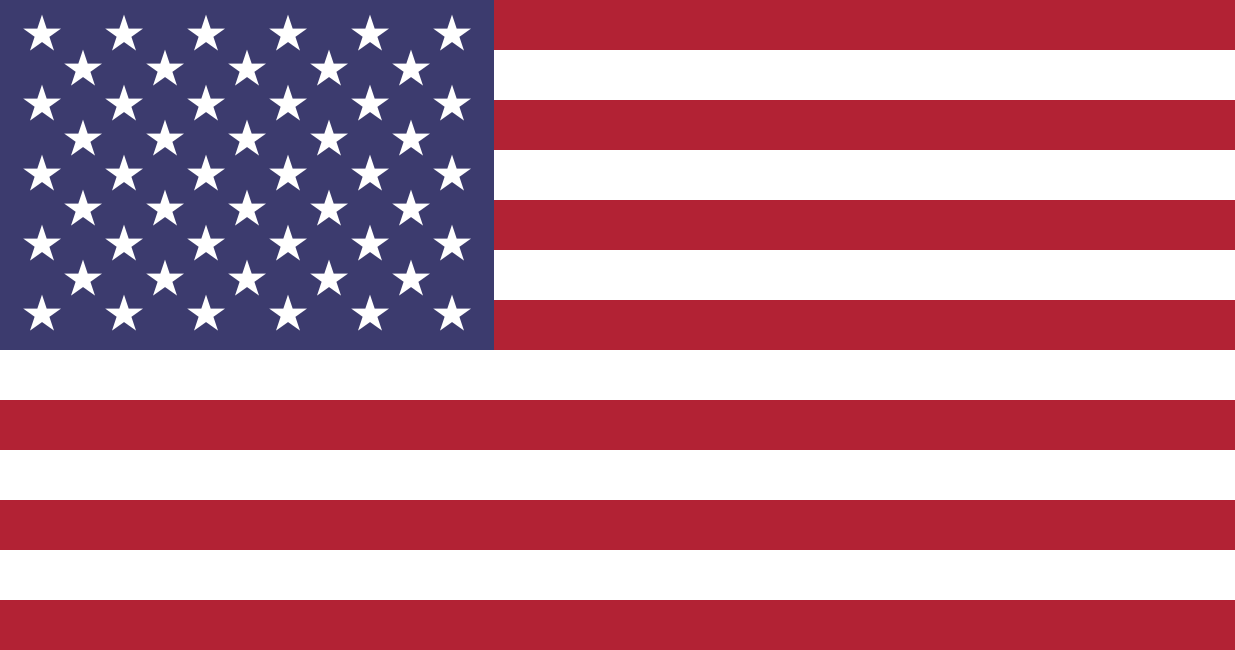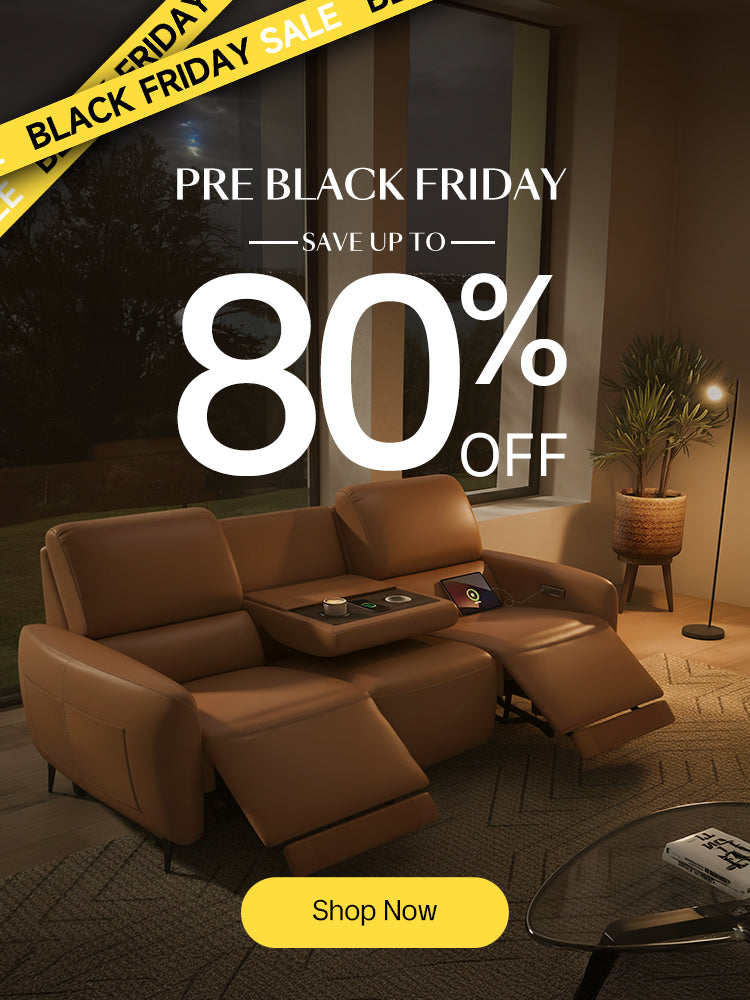Sofa fabrics include natural (cotton, linen, wool) and synthetic (polyester, acrylic, vinyl) types. They vary in durability, stain resistance, colorfastness, and comfort, and choice depends on lifestyle.
Selecting the appropriate sofa fabric is a decision that hinges on multiple factors. Firstly, leather emerges as a top-notch choice for durability. It can withstand the rigors of daily use and retain its quality over an extended period.
However, if comfort is your primary criterion, plush velvets or linen known for its breathability may be more to your liking. Another important aspect is ease of cleaning, with certain synthetic fabrics proving advantageous as they are naturally stain resistant, simplifying the maintenance process.
Lastly, it's crucial to ensure that the selected fabric meshes well with the overall style and color scheme of your home. When buying furniture, taking into account the quality of each material is the key to choosing the sofa fabric that best suits your lifestyle. Learn more about 9 of the most popular upholstery materials, so you'll be able to make the best choice for your living space, personal style, and financial plan.
RELATED: Choosing the Best Sofa Set for Your Living Room
{{'___AD_PLACEHOLDER___'}}
Table of Content
Material |
Pros |
Cons |
| Leather | • Highly durable and long-lasting • Stain and odor-resistant • Easy to clean • Good for people with allergies • Elegant, premium feel that ages well |
• More expensive • Prone to scratches and fading • Can feel too cold or hot in extreme temperatures |
| Microfiber | • Very soft and comfortable feel • Highly stain and liquid-resistant • Durable and strong • Budget-friendly |
• Attracts and holds pet hair, dust, and lint • Not ideal for households with pets |
| Cotton | • Breathable and comfortable, especially in warm climates • Soft, natural feel • Available in many colors and patterns • Affordable |
• Stains easily • Prone to wrinkling and fading from sunlight • Less durable; can show wear and pilling |
| Linen | • Strong and durable natural fabric • Breathable, providing good temperature regulation • Elegant appearance with a sophisticated texture |
• Wrinkles very easily • Prone to staining • Often requires professional cleaning |
| Velvet | • Luxurious, elegant appearance • Very soft and comfortable texture • Available in a wide variety of rich colors • Warm and cozy feel |
• Difficult to clean• Prone to crushing and showing wear • Attracts pet hair; not suitable for pets • Can be too warm in hot climates |
| Polyester | • Highly durable and resistant to abrasion • Stain-resistant and easy to clean • Very affordable |
• Can have a synthetic, less pleasant feel • Prone to pilling over time |
| Olefin (Polypropylene) | • Extremely durable and stain-resistant • Resistant to sun fading • Excellent for heavy-use areas and pets |
• Less luxurious feel than natural fibers • Limited color and pattern options |
| Acrylic | • Soft and comfortable feel • Resists fading from sunlight • Affordable |
• Less durable compared to other synthetics • Prone to pilling over time |
| Wool Blends | • Soft, warm, and cozy texture • Durable and resistant to pilling • Natural and breathable |
• Often requires professional cleaning • Can be expensive • Prone to staining |
1. Leather Sofa Material
Leather Sofa Material is best for: high flow areas, requires durability, stain resistance, easy to clean. Good for people with allergies.
The advantages of leather sofa material include stain resistance, durability, ease of cleaning, long-lasting quality, and odor resistance. It also has timeless elegance, rich texture, ages gracefully, is versatile, and offers a premium feel.
The cons of leather sofa material are more costly, less comfortable in extreme temperatures, and prone to scratches and fading. Overall, it's luxurious yet has some drawbacks to consider.
Leather is an outstandingly durable fabric option that exhibits remarkable resistance to stains, spills, dirt, and the rigors of daily use.
Best for Sofa Cleaning:
Owing to its inherent durability, maintaining the cleanliness of leather upholstery is a breeze. It ages gracefully, gradually softening over time, which ensures its longevity and makes it a reliable choice for furniture.
Best for Individuals with Allergies:
Moreover, its non-porous nature means it doesn't cling to dirt particles or allergens like many other fabrics, rendering it an excellent alternative for individuals with allergies.
Best for Formal Living Rooms or Home Offices:
Leather is particularly well-suited for formal living rooms or home offices where a sophisticated and refined ambiance is desired. It can withstand the comings and goings of guests and the occasional accidental spill without losing its charm.
In a family context, it is a great choice for households without young children who might cause more severe scratches or for those who prefer a low-maintenance seating solution.
Best for Warm Weather:
When it comes to temperature, leather tends to feel cooler in warm weather, providing a certain level of comfort, although it can feel a bit chilly in extremely cold temperatures. However, this minor drawback can be easily mitigated with the addition of throws or cushions.
RELATED: 8 Different Types of Leather Couches
2. Microfiber Sofa Material
Microfiber Sofa Material is best for: Soft feel, easy cleanup, great for families with kids, but not ideal for pet owners.

Microfiber is a synthetic fabric typically composed of polyester or a polyester-nylon blend. It showcases remarkable stain and liquid resistance, facilitating effortless cleaning. Thanks to its soft texture and fine fibers, it offers a cozy touch.
Nevertheless, it has a propensity to attract and hold onto dust, hair, and dirt more readily than some other fabrics. Consequently, microfiber might not be the optimal choice for sofa material in households with pets.
Pros of microfiber sofa material:
Microfiber is renowned for its outstanding durability and strength, capable of withstanding the demands of daily family activities. It is highly stain-resistant and can be easily wiped clean with a damp cloth, making it practical for households prone to accidental spills.
The fabric provides a soft and comfortable seating experience. Additionally, it is more budget-friendly than leather. It also exhibits relatively stable performance in different temperature conditions, remaining comfortable whether in warm or moderately cool environments.
Cons of microfiber couch material:
Microfiber has a tendency to attract pet hair and lint. This can prove bothersome in homes with furry pets, as it requires frequent vacuuming or lint removal to maintain its appearance.
RELATED: How to Arrange a Sectional Sofa in Your Living Room?
3. Cotton Sofa Material
Cotton Sofa Material is best for: Warm homes, sunrooms. Good for family, kids & elders loving softness.

Ideal for households with a laid-back lifestyle and not overly concerned with high levels of durability or stain resistance.
However, it may require more maintenance in terms of keeping it clean and wrinkle-free, especially in more formal or high-traffic areas.
Best for Warm Climates:
Suitable for warm climates environments as its breathability helps in both warm and cool conditions, but may need additional protection like throws or covers in very sunny or high-wear zones.
Pros of cotton sofa material:
Cotton is a popular choice due to its breathability and comfort. It allows air to circulate freely, making it especially suitable for living rooms or bedrooms where people spend a significant amount of time relaxing. In warm weather, the breathable nature of cotton helps keep the sitter cool and comfortable, preventing that sticky or overheated feeling.
Its soft and natural feel provides a cozy and inviting touch, which is great for family members of all ages. Whether it's a child taking a nap or an adult unwinding after a long day, the softness of cotton adds to the overall comfort.
The wide range of colors and patterns available in cotton makes it highly versatile. It can match various interior design styles, from a vibrant and colorful family room to a more subdued and classic living space.
Moreover, cotton is an affordable option, making it accessible for many households on different budgets. It is a good choice for families who like to change the look of their furniture frequently as it offers a cost-effective way to update the decor.
Cons of cotton couch material:
Cotton is less stain-resistant compared to some other fabrics. In a family with young children or in a household where food and drinks are often consumed near the sofa, spills can easily penetrate the fabric and cause stains. This may require more frequent and careful cleaning to maintain its appearance.
Cotton can also wear out more quickly than certain synthetic fabrics. With regular use, such as people sitting and moving around on it daily, it may start to show signs of wear, like thinning or pilling.
In areas with high levels of sunlight exposure, like a living room with large windows, cotton is susceptible to fading. The colors may gradually become duller over time, affecting the overall aesthetic of the sofa.
Additionally, cotton wrinkles easily, which might not be ideal for those who prefer a more pristine and wrinkle-free look. It may need to be ironed or steamed regularly to keep it looking presentable, especially in more formal living areas or when guests are expected.
RELATED: How to Clean a Sofa or Couch?
4. Linen Sofa Material
Linen Sofa Material is best for: Chic, casual spots needing natural, breathable fabric. Fits warm, airy living or bedrooms, moderate-use homes, adding textured allure.

Linen is a popular choice for sofa material, and it has several advantages.
It is strong and durable, making it suitable for long-term use. As a natural and breathable fabric, it allows air to circulate, providing a comfortable seating experience. Its elegant appearance with a textured finish also adds a touch of sophistication to any living space.
However, linen also has some drawbacks. It wrinkles easily, which might require frequent ironing. It is prone to staining, so spills need to be cleaned up promptly. Moreover, it usually requires professional cleaning to maintain its quality.
Linen sofas are ideal for indoor use in well-ventilated rooms. They are especially suitable for those who appreciate natural materials and don't mind a bit of maintenance.
In terms of temperature, linen is comfortable in moderate climates as it helps regulate body heat. It may not be the best choice in extremely humid or dry environments as it can be affected by moisture levels.
RELATED: 5 Most Durable Sofa Brands
5. Velvet Sofa Material
Velvet Sofa Material is best for: Formal, low-traffic areas such as posh living rooms or guest suites. Ideal in moderately humid, cool conditions. Suits aesthetes with a tidy, low-usage lifestyle and no pets.

Velvet is a popular sofa material. It looks luxurious and elegant, is soft and comfortable, and offers a wide variety of rich colors.
However, it has drawbacks. It's hard to clean, prone to crushing and wear, and attracts pet hair, so it's not suitable for pet-owning families.
Velvet sofas are great for clean, low-traffic indoor spaces like formal living rooms or master bedrooms. They appeal to those who like luxury and style and don't mind maintenance.
In temperature, it's warm and cozy in cool areas but might be too much in hot, humid ones.
RELATED: 8 Best Sofa Brands in 2025
6. Polyester Sofa Material
Polyester Sofa Material is best for: High-traffic areas like busy living rooms or office lounges. Suits normal indoor temp. & humid. areas. Ideal for busy people, families with kids/pets, and budget buyers.

Polyester is a commonly used material for sofas. It has several advantages.
It is highly durable and can withstand abrasion well, making it suitable for various usage scenarios. Its stain-resistant property and ease of cleaning are great benefits. Often blended with other fibers, it further enhances durability and comfort. Additionally, its affordability makes it accessible to a wide range of consumers.
However, it also has drawbacks. Polyester may have a synthetic feel, which might not be as pleasant as natural fabrics. Over time, it is prone to pilling, which can affect its appearance.
Polyester sofas are well-suited for indoor use in most living environments, including areas with normal humidity and temperature levels. They are a practical choice for those who have a busy lifestyle and require a sofa that is easy to maintain. Also, they are a good option for budget-conscious individuals or families who want a durable seating solution without breaking the bank.
RELATED: 7 Best Couches for Small Spaces
7. Olefin (Polypropylene) Sofa Material
Olefin (Polypropylene) Sofa Material is best for: busy families, kids' rooms, and pet owners. Suits mod. temp.., avg. humid. areas.

Olefin is a favored sofa material. It's highly durable, stain-resistant, and sun-fade-resistant, great for heavy use and easy upkeep. But it has limited colors and a less luxurious feel than natural fibers.
Ideal for indoor use in various temps and humidity, especially active households with kids or pets, and for those valuing durability and sunlight endurance over a fancy look.
RELATED: The Best Couches for Kids
8. Acrylic Sofa Material
Acrylic Sofa Material is best for: Soft, sunproof, and cheap. Less tough. Fits normally indoors, suits budget folks, sunlit rooms, not busy areas.

Acrylic is a material used for sofas. It has several pros. It is soft and comfortable, providing a pleasant seating experience. It resists fading and can endure exposure to sunlight well, which makes it suitable for areas with a lot of natural light.
Also, it is affordable, making it accessible to more consumers. However, there are cons. Acrylic is less durable compared to some other synthetic fabrics. Over time, it is prone to pilling.
Acrylic sofas are well-suited for indoor use in environments with normal temperature and humidity ranges. They can be a good option for those who want a soft and budget-friendly sofa, such as young renters or people on a tight budget.
They are also appropriate for rooms that receive a fair amount of sunlight, like sunrooms or living rooms with large windows, but may not be the best for high-traffic or heavy-use areas due to their lower durability.
RELATED: The 7 Best Sofas for Small Spaces and Tiny Apartments We Love
9. Wool Blends Sofa Material
Wool Blends Sofa Material is best for: Busy living rooms or waiting areas. Suits normal temp. & humid. Ideal for big families and businesses. Offers durable, soft seating.

Wool blends are a popular choice for sofa material. They possess several advantages.
Their soft and warm texture offers a cozy seating experience. The durability and resistance to pilling ensure a long-lasting appearance. Being natural and breathable makes them suitable for various indoor environments, especially those with normal temperature and humidity levels.
However, there are drawbacks. Wool blends necessitate professional cleaning, which can be inconvenient and costly. Their price tag is often on the higher side. Also, they are prone to staining, requiring careful use.
Wool blend sofas are ideal for those who value comfort and quality, such as homeowners who seek a luxurious and durable seating option. They are well-suited for living rooms or bedrooms where a warm and inviting atmosphere is desired. But they may not be the best choice for those on a tight budget or those who cannot afford the time and expense of professional cleaning.
Tips for Choosing Sofa Fabric:
Consider Your Lifestyle:
If you have pets or children, opt for durable, stain-resistant fabrics like microfiber or polyester blends.
Best Couch Comfort for Your Feeling:
Choose a fabric that feels comfortable to sit on for long periods.
Maintenance the Sofa:
Some fabrics require more maintenance than others. Consider how much time and effort you're willing to put into cleaning and maintaining your sofa.
Aesthetics wit Home Decor:
Choose a fabric that complements your home decor and personal style preferences.
Furniture Budget:
Some fabrics are more expensive than others. Balance the cost with the benefits to find the best option for your needs.
How to Choices for Sofa Fabrics
In summary, the best fabric for your sofa will depend on your specific needs and priorities. Consider factors like durability, comfort, ease of maintenance, and aesthetic appeal when making your choice
If you want to buy our home furniture or couch for living room, you can check out more on our store

